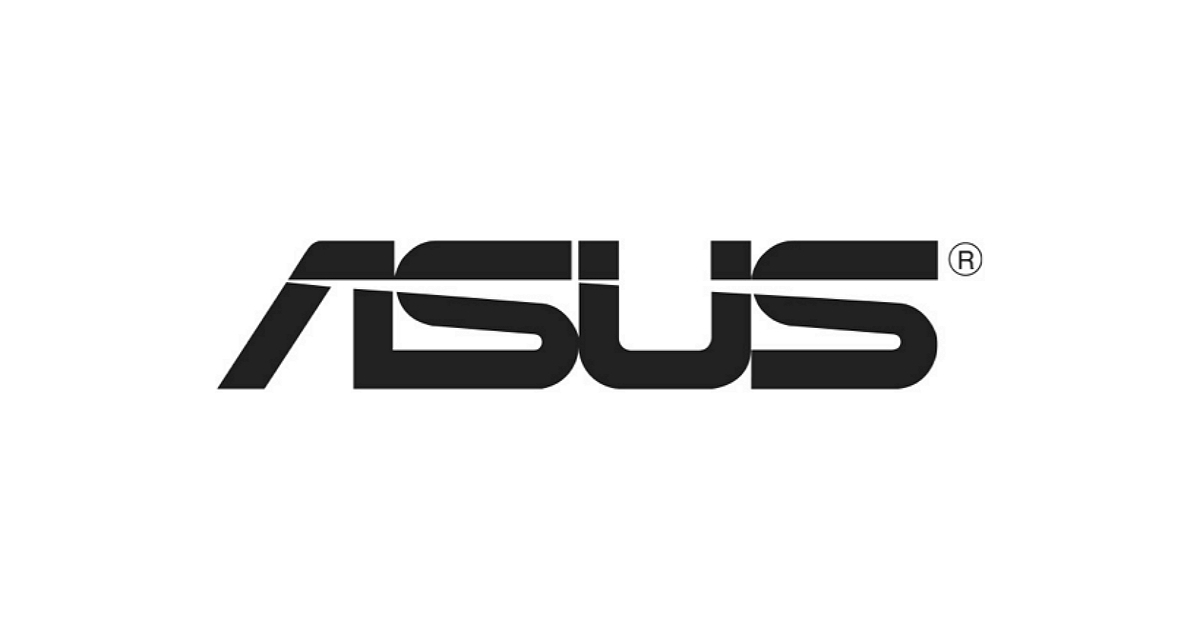Hi guys,
I realize there are similar threads and this is my first post but I've tried following the steps in other recent threads and have been unsuccessful. My first time doing this and I'm definitely not the most tech-savvy here. I mean, I'll try this out but obviously, I'm failing.
Technical info:
Cloning a my current 128gb SSD to a new Samsung Evo Plus M.2 NVME (1tb)
Asus FX503VD (double checked compatibility, user manual states it support both SATA and NVME)
Tools:
Samsung Data Migration (and I've only one slot on my laptop so I'm using an enclosure to put the new SSD in and I clone the current SSD as it sits in the laptop).
Steps:
What happens:
Goes into a short boot loop before prompting me to check PC or UEFI settings. Also a generic Microsoft error code: 0x0000001
Below is a screen of diskmanagement after the clone - so, new SSD (Disk 6: 'E' is in the enclosure via USB and my current SSD (Disk 0) is still installed

Please, any help will be greatly appreciated. Sorry if I left out some information.
Thanks in advance.
SOLVED - SOLUTION: Changed the original SSD SATA drive to ACHI. It's possible it was a combination of things I was doing wrong at first, as mentioned in the thread but the last option for me to try was switching my original SSD to ACHI before cloning.
Thanks to USAFRet for the help.
I realize there are similar threads and this is my first post but I've tried following the steps in other recent threads and have been unsuccessful. My first time doing this and I'm definitely not the most tech-savvy here. I mean, I'll try this out but obviously, I'm failing.
Technical info:
Cloning a my current 128gb SSD to a new Samsung Evo Plus M.2 NVME (1tb)
Asus FX503VD (double checked compatibility, user manual states it support both SATA and NVME)
Tools:
Samsung Data Migration (and I've only one slot on my laptop so I'm using an enclosure to put the new SSD in and I clone the current SSD as it sits in the laptop).
Steps:
- Closed all other apps/programs
- Checked my original SSD for any errors via CMD using CHKDSK (no errors or further action taken)
- Cloned original SSD to new SSD (Evo) making sure there were no other removable drives plugged in (except for the second internal HDD that came installed with the laptop)
- Turned off the machine as per Samsung prompt.
- Turned on the machine and entered BIOS. My BIOS is the new looking version. I changed the priority of the bootable drive.
- Installed the new SSD in the slot where the previous SSD sat.
What happens:
Goes into a short boot loop before prompting me to check PC or UEFI settings. Also a generic Microsoft error code: 0x0000001
Below is a screen of diskmanagement after the clone - so, new SSD (Disk 6: 'E' is in the enclosure via USB and my current SSD (Disk 0) is still installed

Please, any help will be greatly appreciated. Sorry if I left out some information.
Thanks in advance.
SOLVED - SOLUTION: Changed the original SSD SATA drive to ACHI. It's possible it was a combination of things I was doing wrong at first, as mentioned in the thread but the last option for me to try was switching my original SSD to ACHI before cloning.
Thanks to USAFRet for the help.
Last edited:




